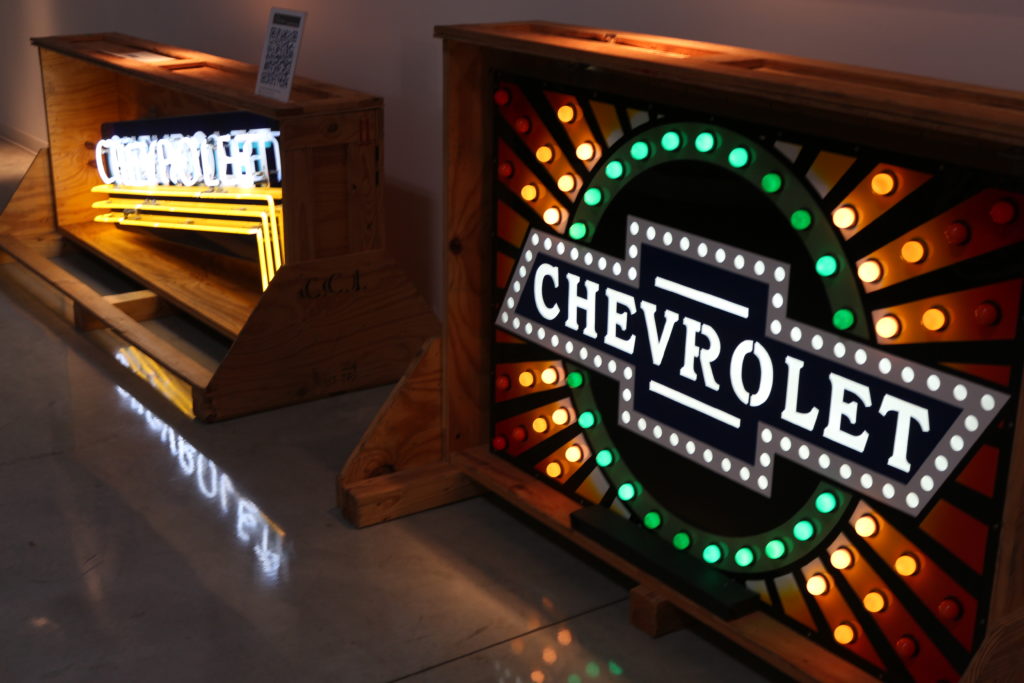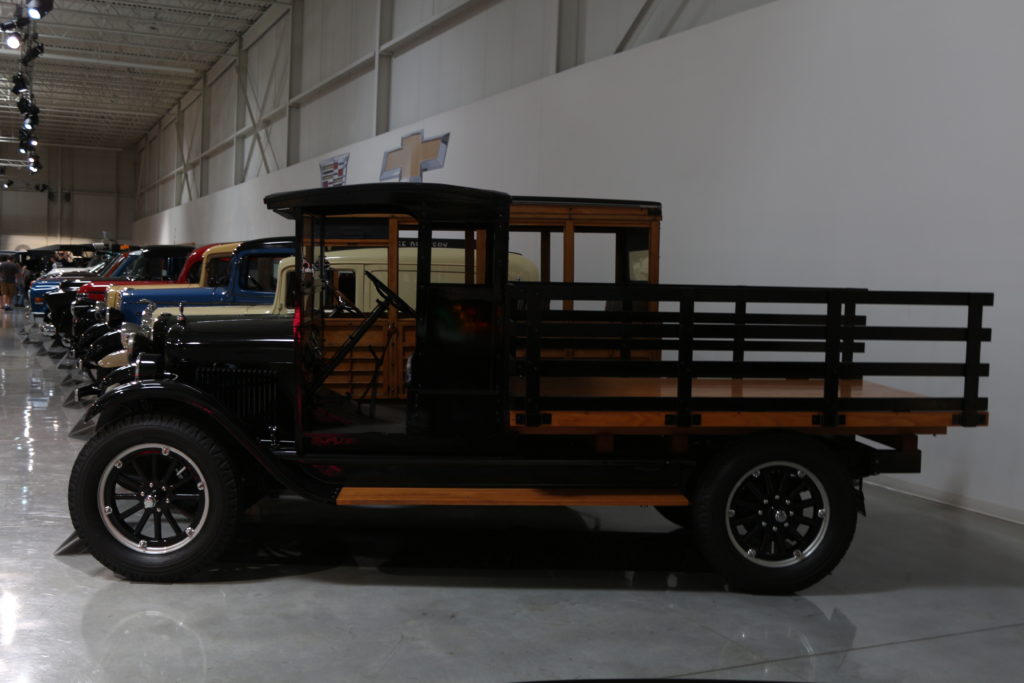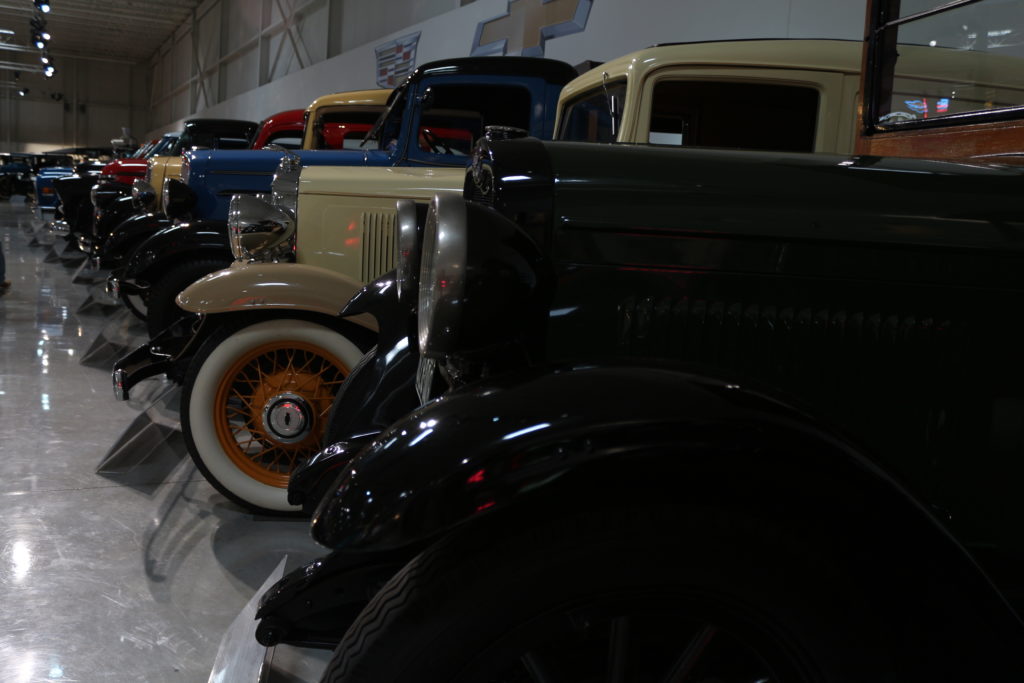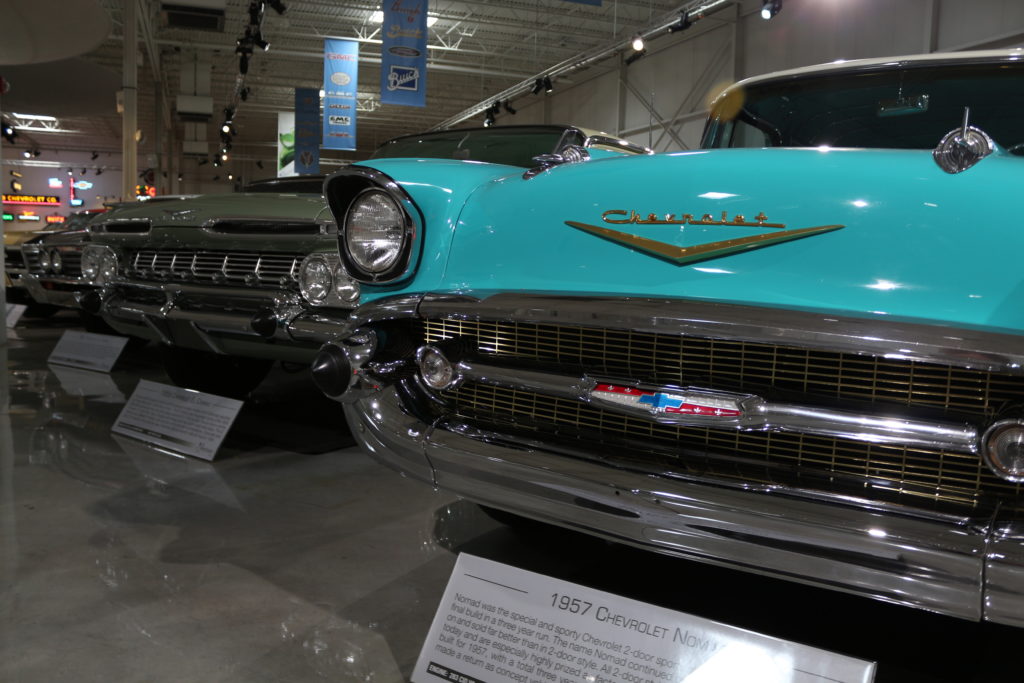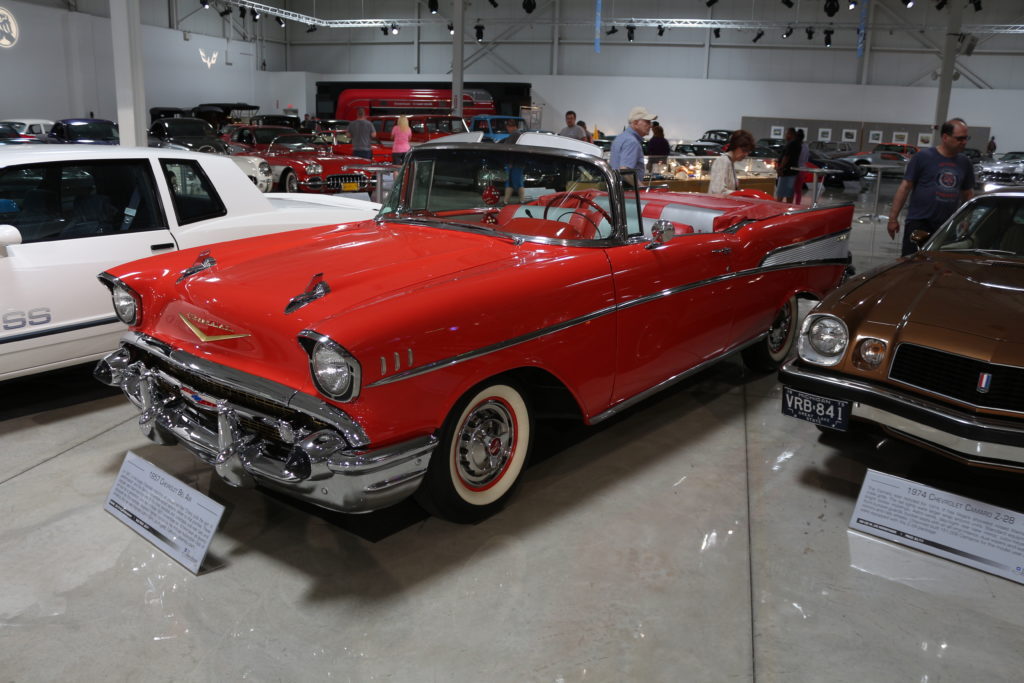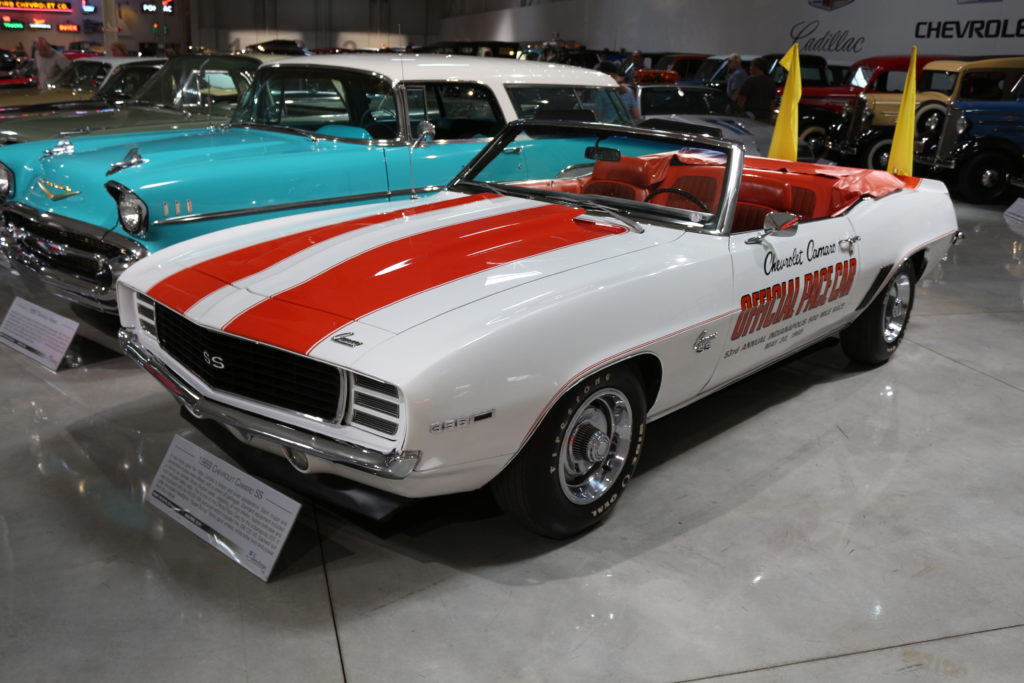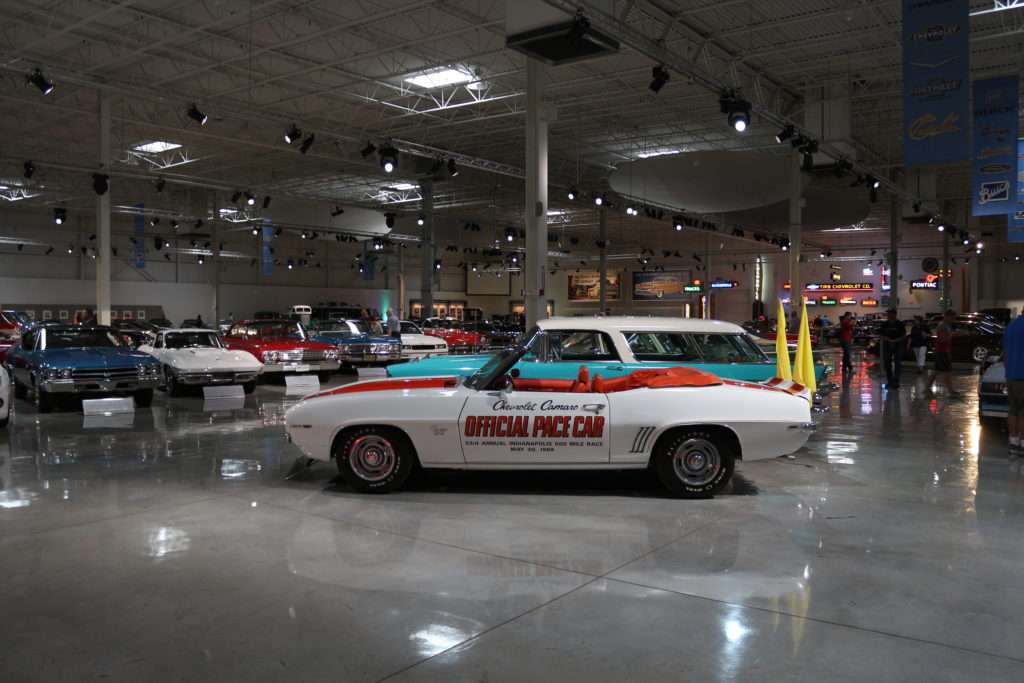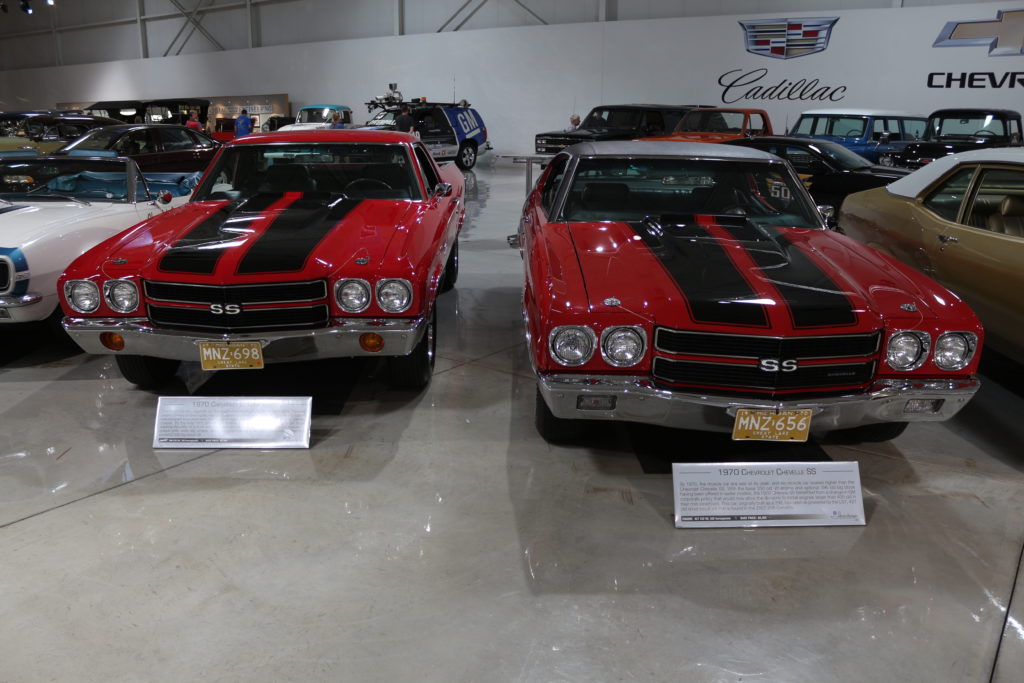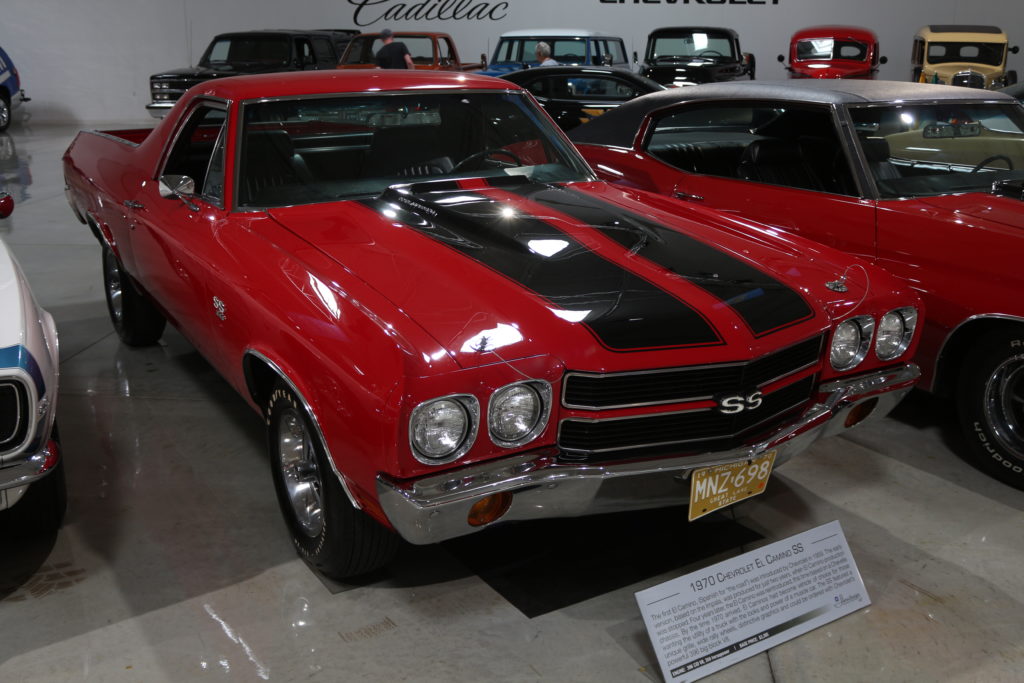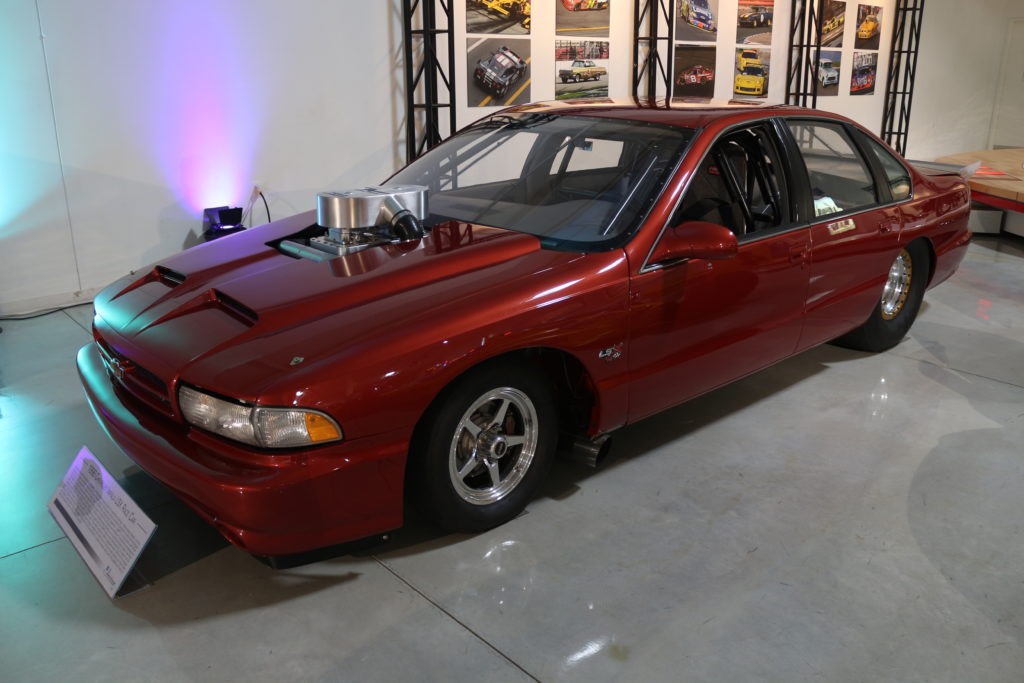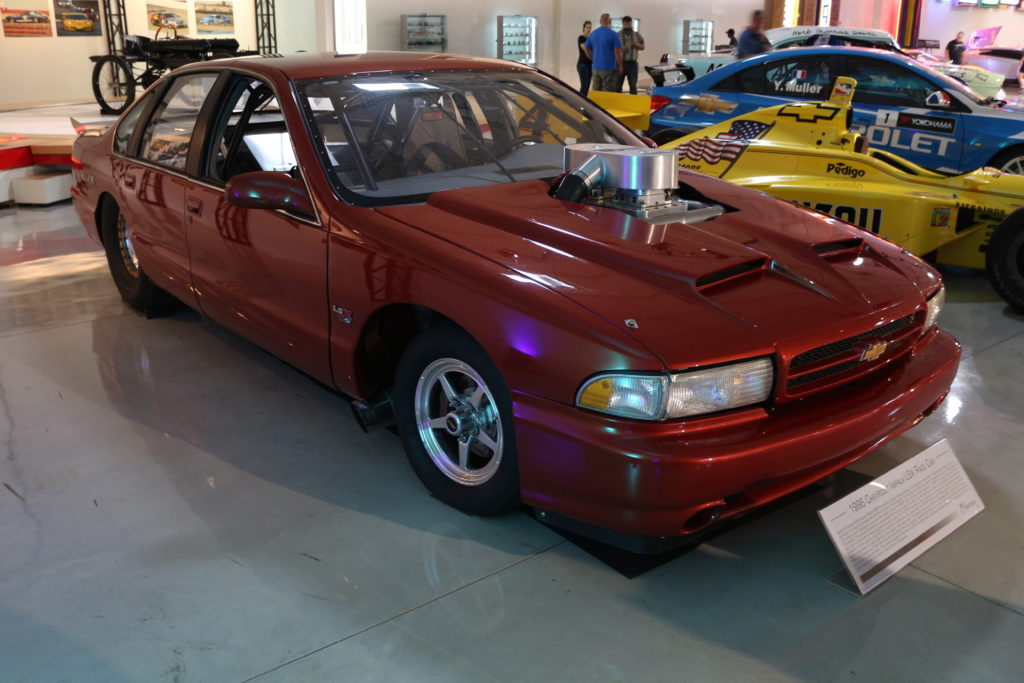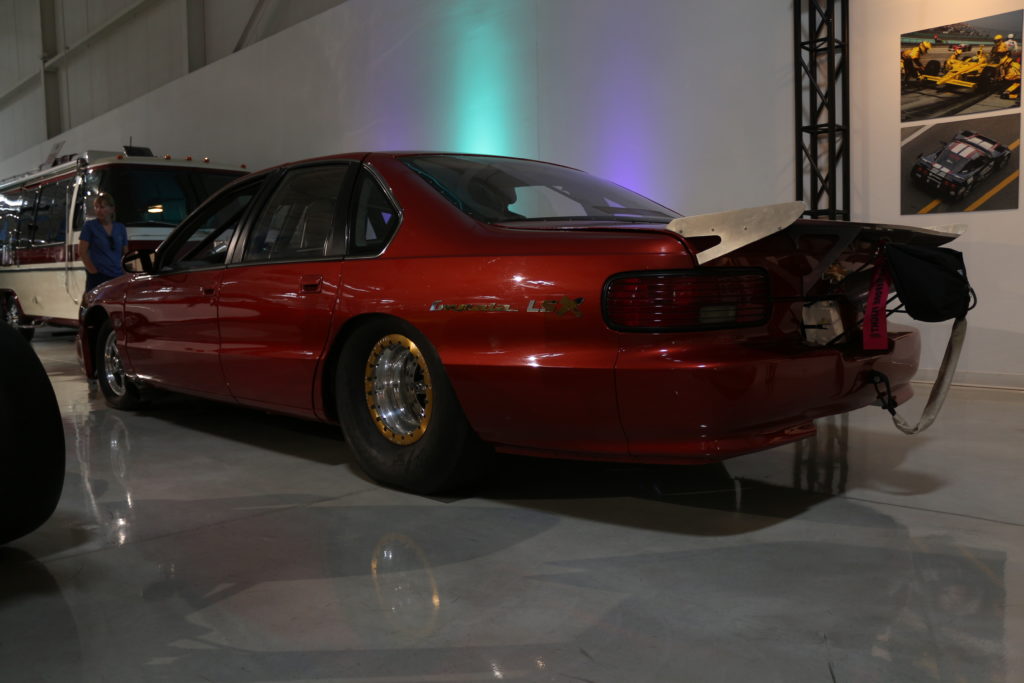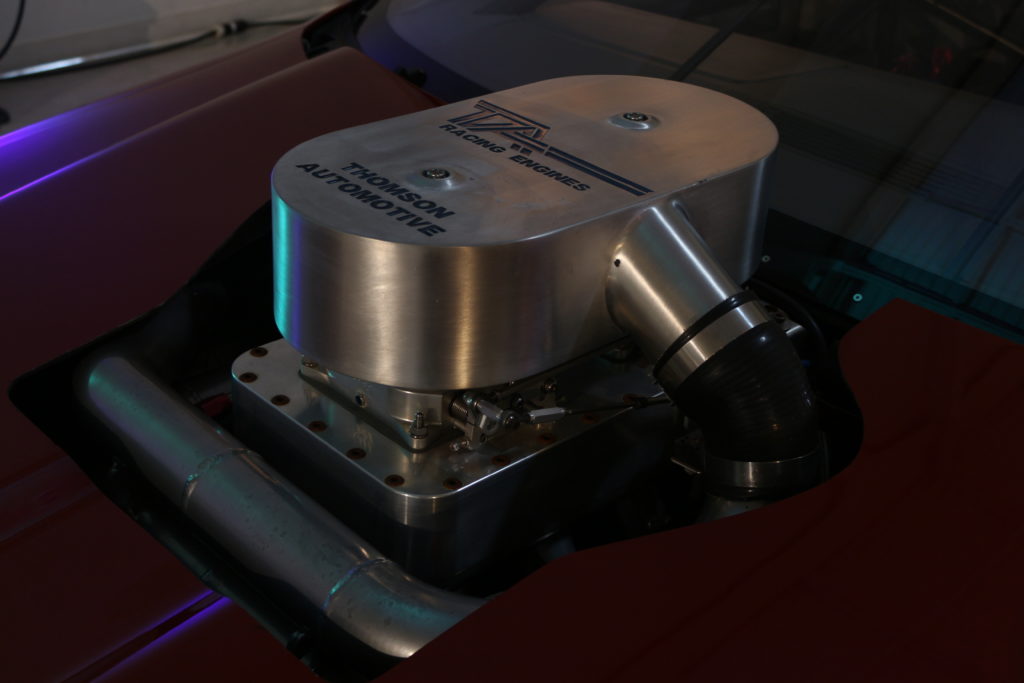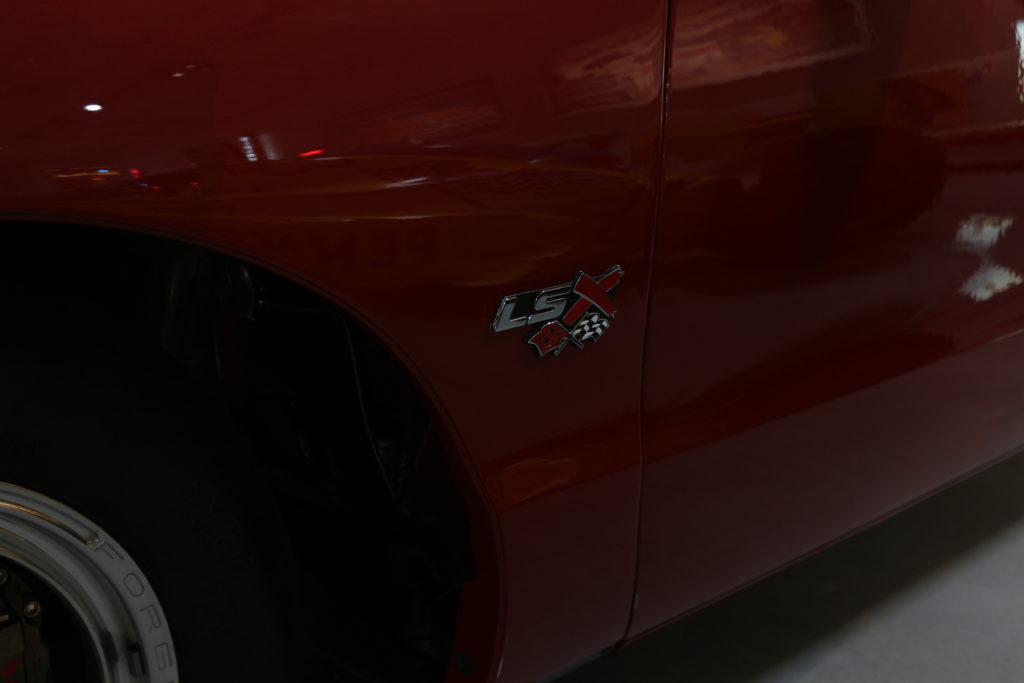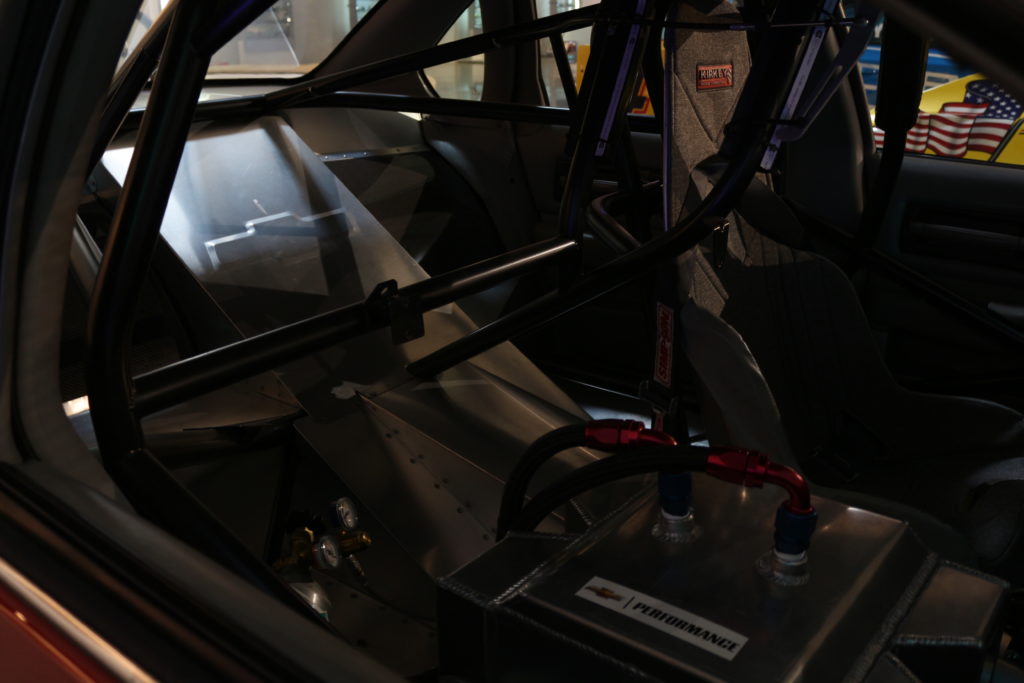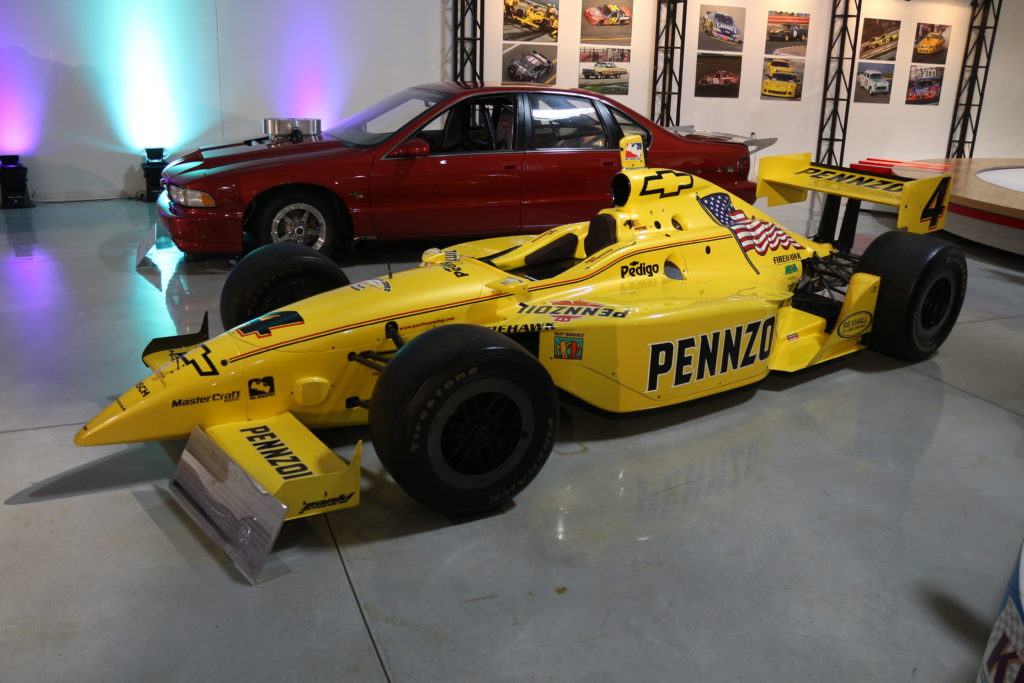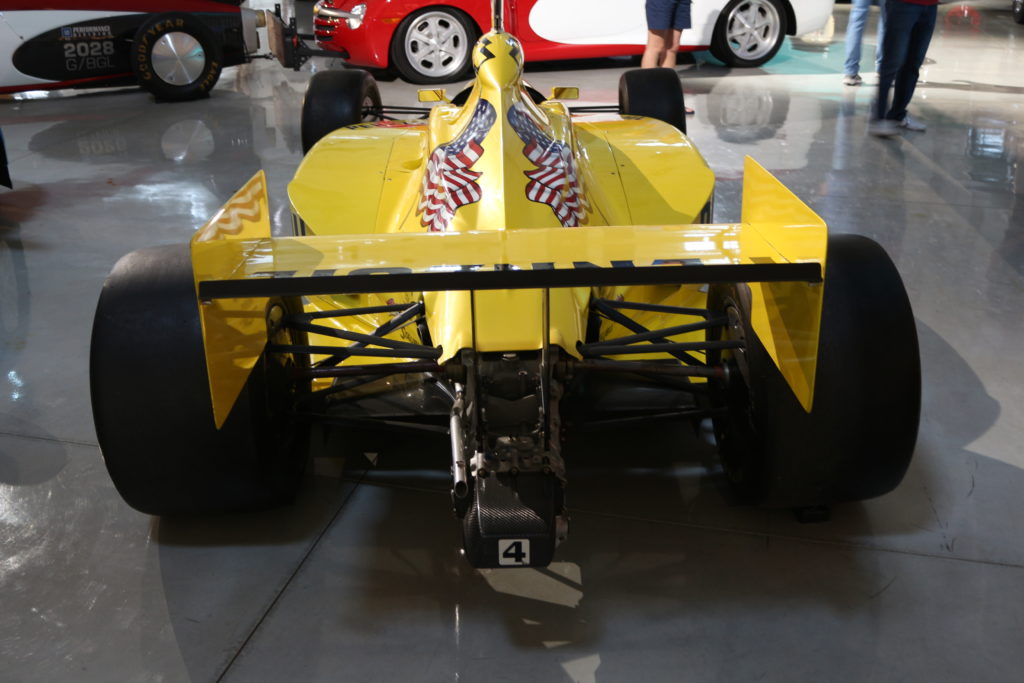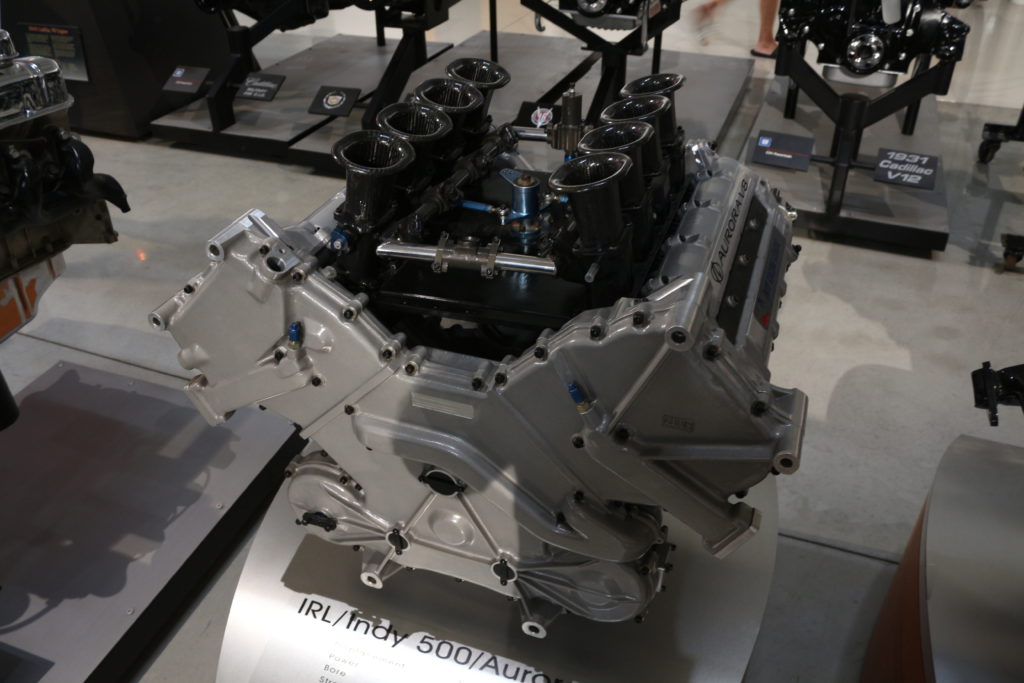Chevrolet at the GM Heritage Center: Camaro SuperFest
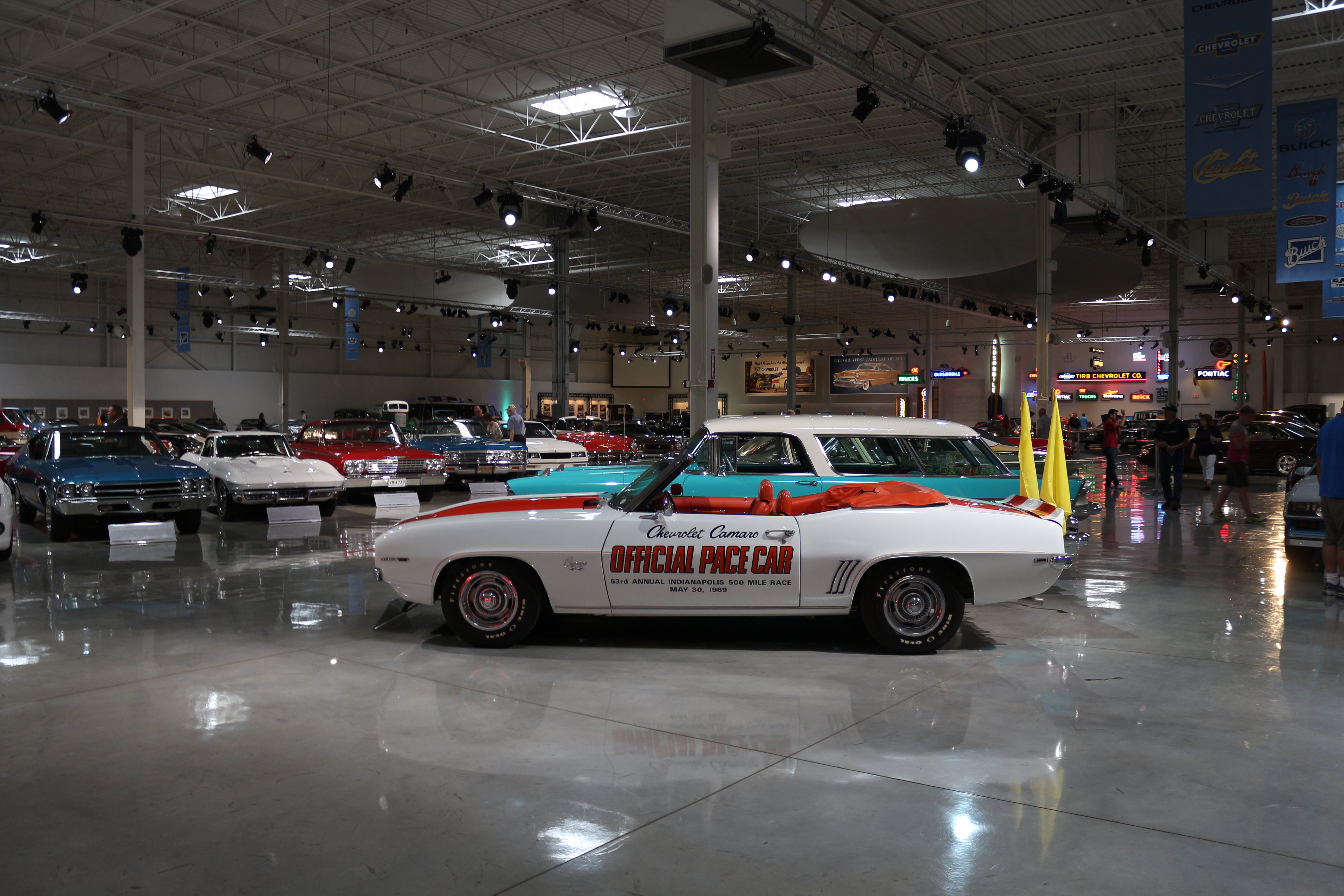
Our final glimpse into the GM Heritage Center is at Chevrolet, past and present.
Being at the GM Heritage Center for Camaro SuperFest it’s all too easy to imagine that most of the patrons in attendance made a bee-line for the Camaros on display. Indeed, that did seem to be case, that made it easy to capture the Corvette, Cadillac and experimental concept stuff ahead of time. However, after the crowds began to part, I was eventually able to check out the everyman cars from Chevrolet.
[Click on the images for full-size resolution.]
While Cadillac has represented American luxury since its founding in 1902, Chevrolet, founded 1911, has been the vehicle for the common man. These trucks, arranged from the 1920s, nearest to us, to the 1930s, furthest from us, represented the bread and butter of the brand. Funny considering Chevrolet was founded by a racer. That said, these vintage trucks have a certain splendor about them. With their greased up wooden-spoked wheels to the upright and high seating position, it is a design that has aged well.
Jumping forward some 30 years we get a glimpse at the large 1950s Chevy sedans. These two 1957 models, a Nomad and Bel Air, respectively, embodied similar styling to the Cadillac Le Mans of the period, but with tidier proportions. The 1955-1957 Chevrolets, referred to as “Tri-Five” Chevys were a big deal for the brand. They are considered styling icons of their era. Next to the absolutely dowdy looking ’74 Camaro Z/28 in brown it’s easy to see why.
[Click on the images for full-size resolution.]
Also of great significance to the brand was the introduction of the Small Block Chevy V8. Starting in 1955, you could upgrade from the anemic Blue Flame straight six to a 265CID or 283CID V8 engine. It was the start of something big, bigger than Chevrolet could have ever known.
Being a rolling exhibit, things are always subject to change at the Heritage Center, hence why certain eras are better represented than others. Of course, the Tri-Five Chevy is an obvious pick to be in attendance. However, this was Camaro SuperFest, where are the Camaros? How about the 1969 Camaro Pace Car, as seen in the 53rd annual Indianapolis 500.
[Click on the images for full-size resolution.]
Funnily enough, unless I missed it, there was no ’67 Camaro present. Of course, 1967 was the first year for the Camaro. Designed in immediate response the Ford Mustang, the ’67 Camaro came to fruition in just over a years time.
Revised for 1969, the Camaro bulked up, receiving, among other things, a bigger belt line and a broader stance. In 1969 Chevrolet was not yet ready to give up the straight six in performance applications. A 140 horsepower six was the standard engine. Of course, but ’69 the V8 was the engine to have, and the car you see here features the RS/SS-396 package. That gave the Camaro a 396 cubic inch (6.5L) Turbo-Jet V8 with 325 horsepower. The RS appearance package meant blacked out grilles, veiled headlights, the “super scoop” hood, sport wheels and power front-disc brakes. For the typical consumer who wanted a sporty ride and wasn’t a racer, this was the car to have.
Let the record show that in 1969, if you did want to buy the weekend warrior Camaro, Chevrolet offered the Z/28 package with a race-ready 302 V8, a 4-speed transmission and a bunch of suspension and braking upgrades. Designed specifically for SCCA Trans Am Racing, this was a level of factory support, available off the showroom floor, that has seldom been seen since, by any manufacturer.
Let the record show that a fifth-gen Camaro Z28 Indy Pace Car was about 15 feet away, and was a symphony in black.
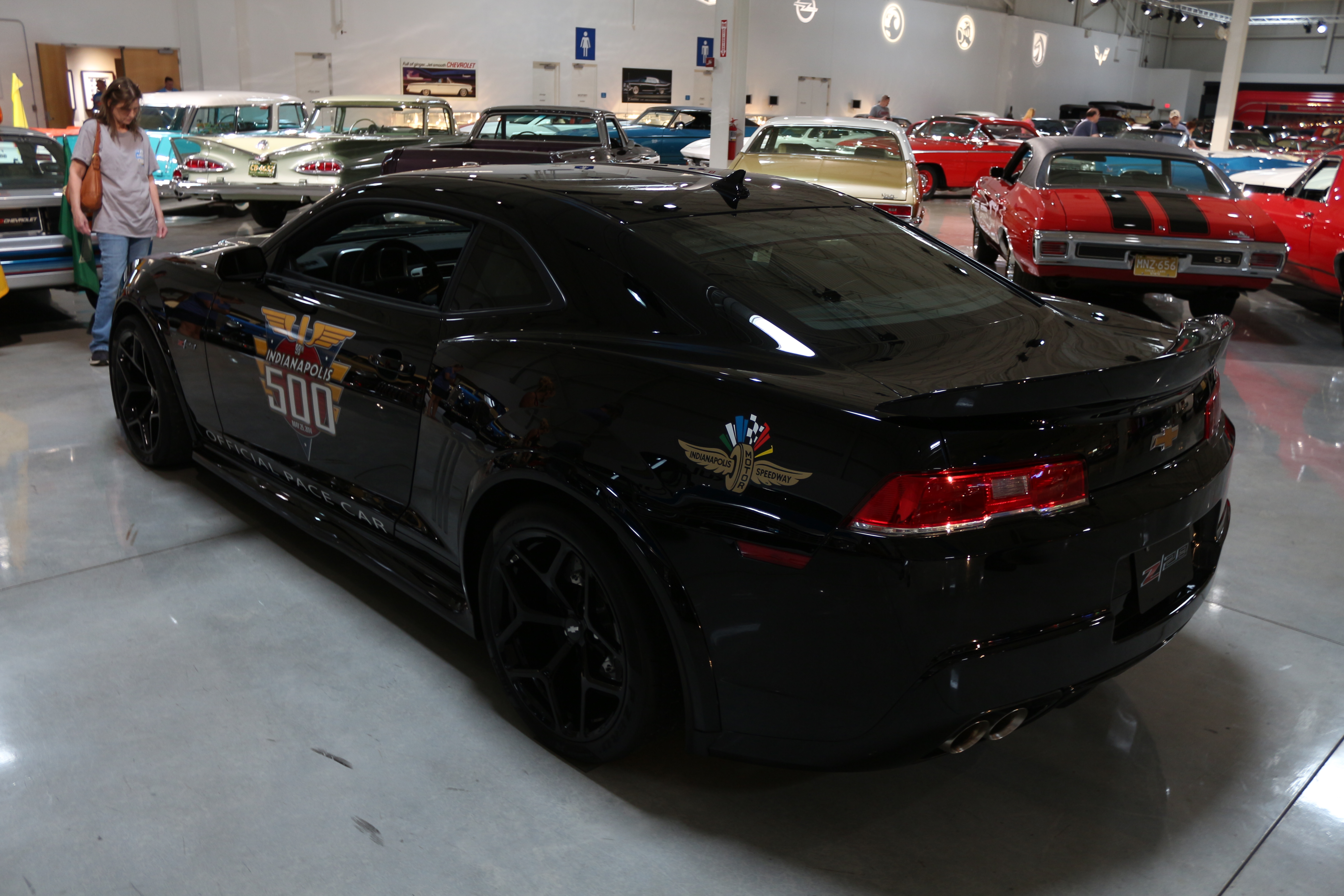
Beside the ’69 were what at first appeared to be a pair of Chevelles.
[Click on the images for full-size resolution.]
Of course, once I got closer I was able to spot the difference. Here are the 1970 Chevrolet El Camino SS and the Chevelle SS. With their identical front clips, barring the front chrome bumpers, it’s easy to get the two mixed up. Of course, up close the Elco and the Chevelle are radically different, and reminded me why the black vinyl top trend died, and then reincarnated some 40 years later. Though, nowadays, vinyl refers to colored vinyl wrap.
After this was another big jump in period of cars in attendance. Of course, GM didn’t stop innovating during that time, far from it. However, once you’re done checking those links out, it’s time to jump forward about 15 years. Now, I know this is a Buick, but it’s a Grand National, so I’m giving it the pass. I promise, we can keep this brief. But, just look at the turbo brick and revel in it. I have a bit of the soft spot for the GNX, so much menace to come from such an unsuspecting car. D-e-lightful.
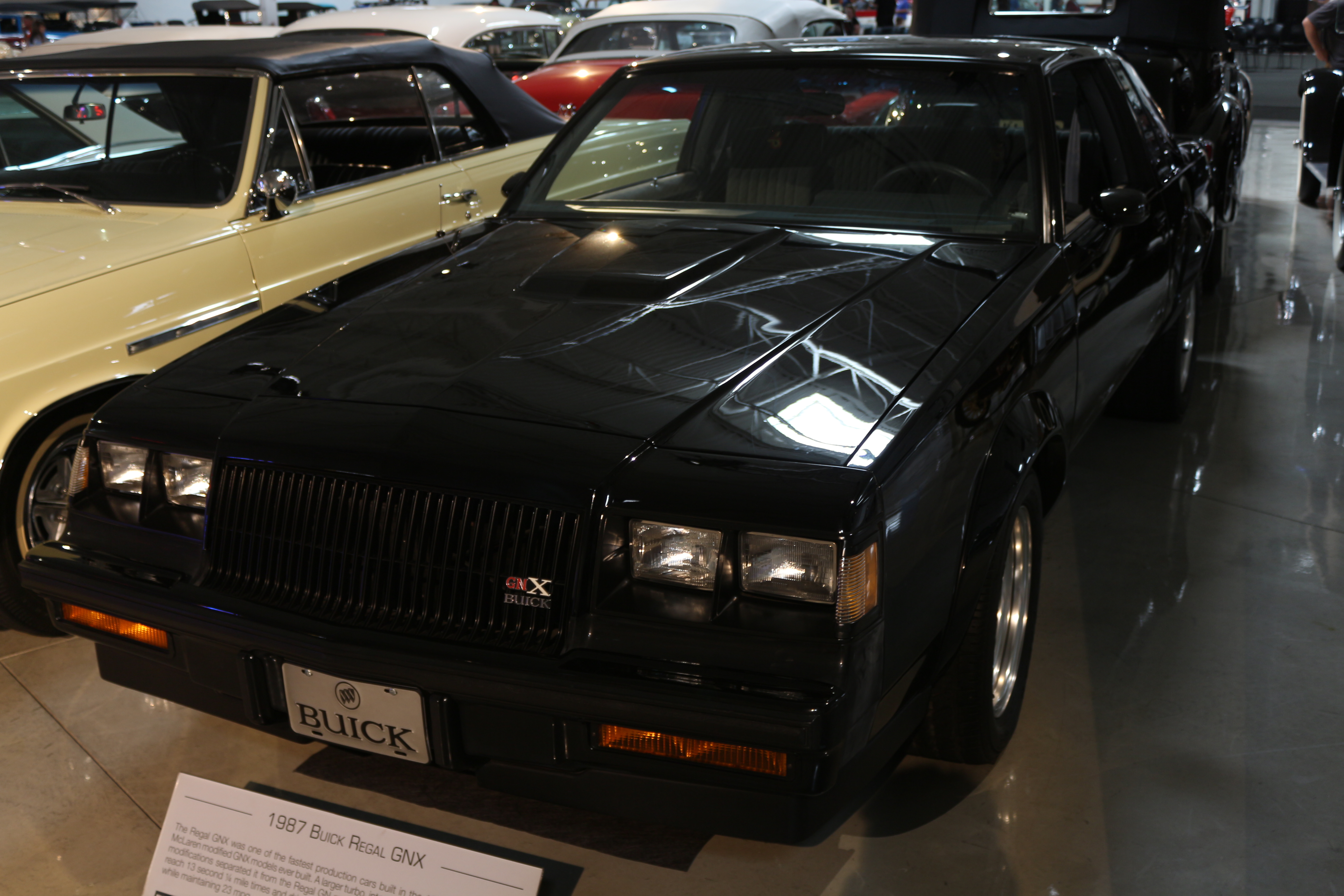
The twin-turbo G-Body is actually a great segue to this next bad ass ride.
Based on a 1996 Chevrolet Impala SS, this tube-chassis racer was designed by GMPP, General Motors Performance Parts, to showcase what a twin-turbo LSX crate engine could do. Additionally, it was a great test to see what the LSX bottom end could handle before blowing its rod bearings out of the oil pan.
Jokes aside, this a 400 cubic inch (6.6L) LSX crate engine, force-fed with twin 88mm Turbonetics turbochargers to the tune of 25PSI. The result is 2048 horsepower and 1500 lb-ft of torque sent through a Lenco trans and a custom rear end. Most all of the parts used in this build as available through GMPP. Check out the intercooler, it’s air-to-water cooled unit that has a 4 gallon ice water tank. Built to run Outlaw 10.5 Door Slammer drag racing this carbon-bodied Impala couldn’t entirely shed its roots, weighing in a still large 3232 pounds.
[Click on the images for full-size resolution.]
Of course, Chevrolet has been vested in all forms of motorsport, offering contingency and support for racers for the past 60 years and beyond. Being founded by a racer has that effect on the company mantra. While the Impala SS was best suited to drag racing, Chevrolet also made a big push into the higher level of motorsport. Queue the IndyCar pictures.
[Click on the images for full-size resolution.]
Despite the Chevy badging, this 2001 IndyCar actually ran the Oldsmobile Aurora 500 V8 that year. In 2002, they switched to Chevy power. Piloted by Sam Hornish Jr., this IndyCar saw a lot of success in the 2001 and 2002 seasons. Of course, there is no success without struggle, however, Chevrolet saw a fair amount of gold metal love with their IndyCar involvement. While not the typical Chevy Small Block engine, it’s ultimately another victory for the Chevy V8.
Of course, Chevrolet has continued on with various motorsport adventures. In fact, the brands production vehicles in recent years have brought the racing spirit to Germany, smashing around the Nurburgring like few others could. Corvette Racing has continued along at multiple levels of motorsport, as well, fighting the good fight at the 24 Hours of Lemans and in Sports Car Racing. Next time you hear about another Chevy victory at the ‘Ring, maybe the connection to the brands victory in motorsport will shine through.

